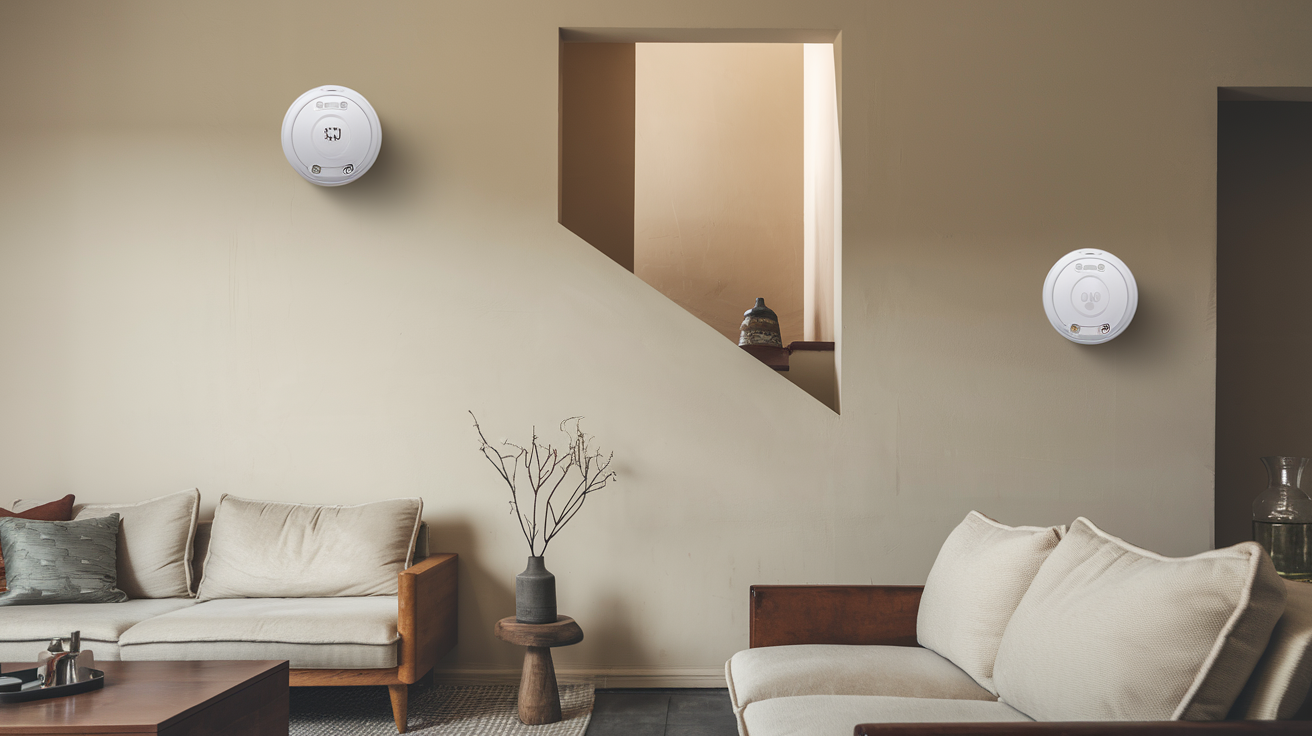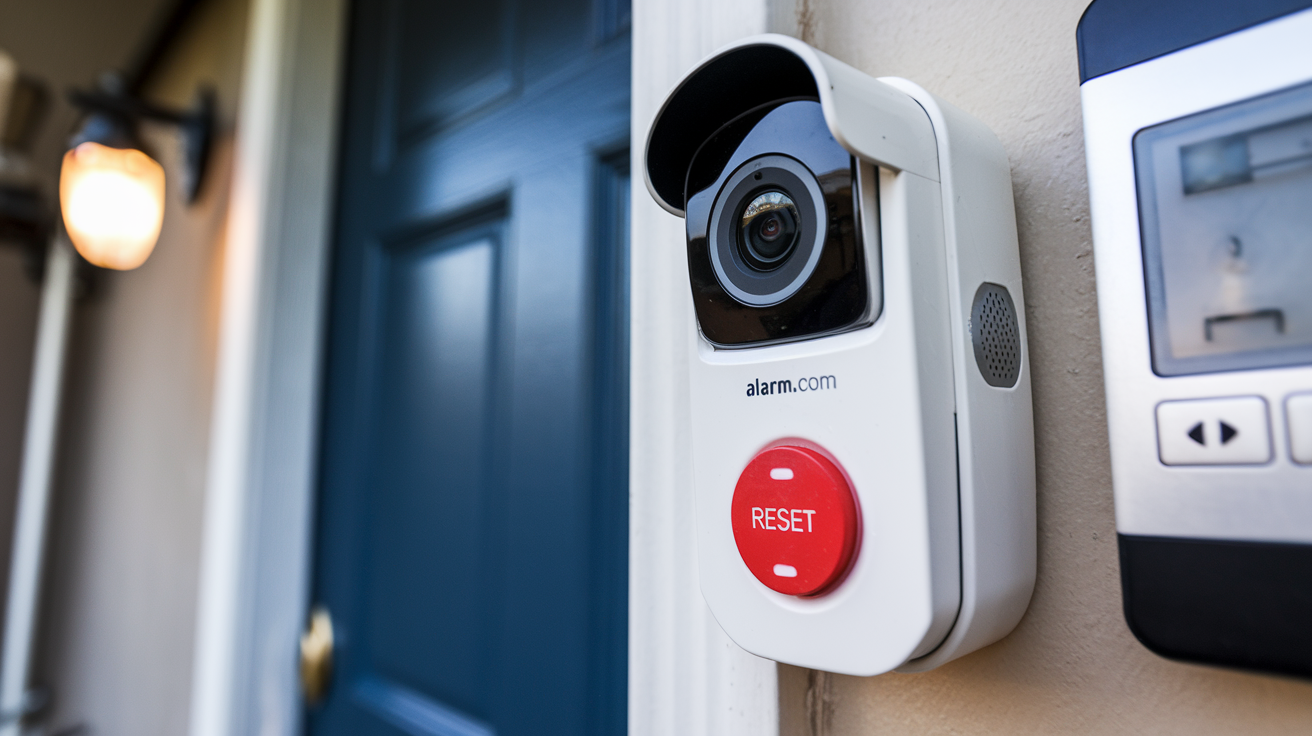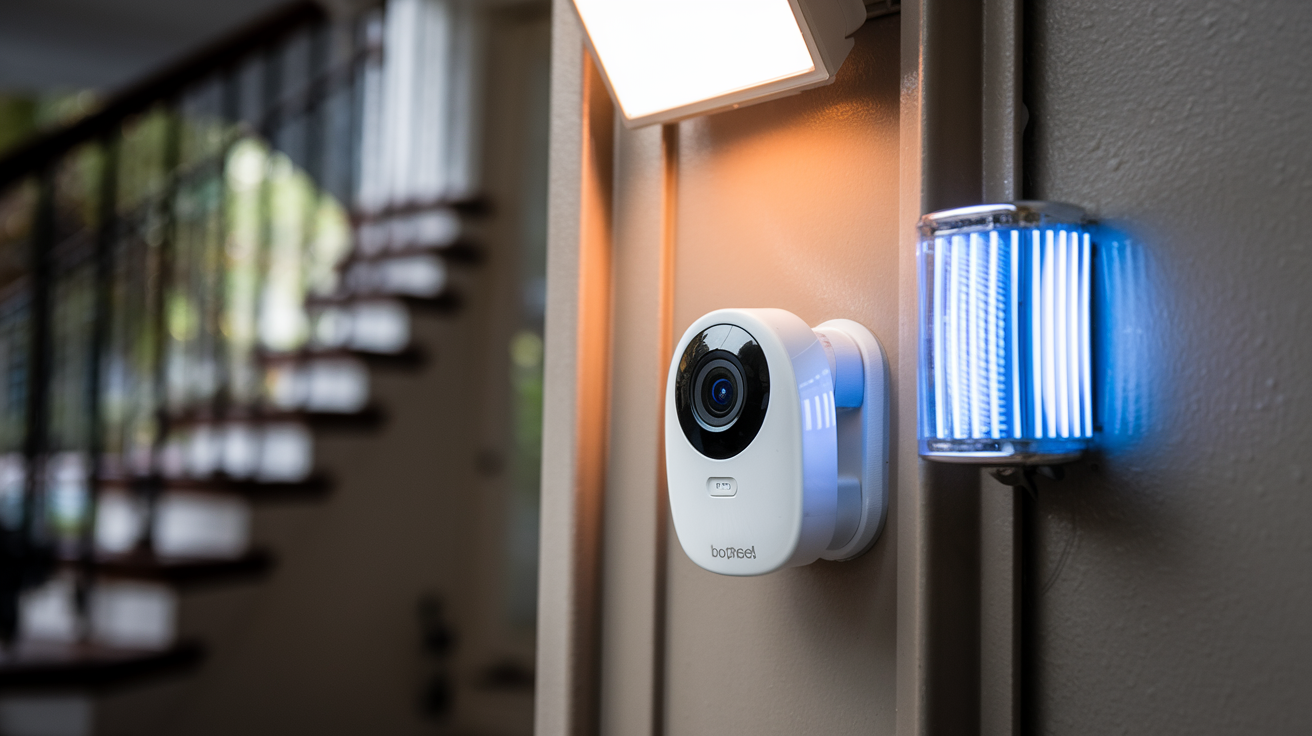This is a very important fire safety device that can be used to warn the occupants about the presence of smoke in the building and give time for evacuation. Many nations and states have legislation and codes that require a certain amount of smoke alarms in homes. However, most safety organizations advise that people should go beyond the law and install more smoke alarms in their homes for extra precaution. This article highlights the most common legal requisites and other professionals’ advice on the appropriate number and location of smoke alarms in a house.
Legal Requirements
In the United States, smoke alarm requirements are established at the state or local level, typically under the state building code or fire code. In any case, most states mandate the installation of smoke alarms on each level of the residence including the basement, as well as within and exterior of each sleeping area. For a multi-story house, this generally translates into having at least one smoke alarm per floor. Moreover, smoke alarms must be connected to electrical power in the building and have battery backup power for when there is a power outage. Requirements specific to particular jurisdictions are somewhat varied. Certain local codes make it mandatory that there is a connection between the smoke alarms and that when one starts alarming all the others are triggered. Smaller homes also have fewer fire risks, which means that newer constructed homes have stricter rules on installing smoke alarms.
Few state laws can be considered as strict concerning the requirements for smoke alarms in residential construction. For instance, the state of Massachusetts mandates smoke alarms to be installed in most residential buildings at a maximum interval of thirty-five feet between alarms. This means that there is an increased density to prolong the time of detection so that occupants can get out. Concurrently, the Oregon state law mandated that smoke alarms be installed in every bedroom, hallways near bedrooms, and in each story the welling. These state laws show positive attempts to move beyond the regulatory requirements for improved fire safety.
Expert Recommendations
Although the legal smoke alarm installation standards set a minimum threshold of protection, the fire safety officers and building scientists advise going beyond this minimum level by installing more smoke alarms in a residence. There are also guidelines from the experts to ensure that there is compensation for alarms that may sometimes fail to operate as required and to hasten the identification and notification processes.
The NFPA suggests installing smoke alarms in every sleeping area, outside each sleeping area’s door, and on every floor of a two or more-story home. They advise that alarms should be placed at most thirty feet apart so that fire detection would be quicker. All parts of a home should be no more than fifteen feet away from a smoke alarm. Also, the professionals recommend installing smoke alarms on walls and ceilings to cover the fact that different types of fire produce smoke in different ways.
Hard-wired interconnected smoke alarms are recommended such that when one sounds, all the others in the home also go off. This assists in informing occupants as early as possible in the event they are in different sections of the house. Stairways are construed as corridors for smoke and heat; therefore, installing alarms in such areas can give occupants more time to evacuate from the upper floors of multi-story homes securely.
To ensure greater security, it is advised to use alarms that can detect both, smoke and carbon monoxide gas. These may call residents’ attention to a developing fire or a toxic gas leakage. Using quick-response photoelectric sensors instead of ionization sensors for fire alarms also helps in faster detection of fire. Last but not least, newer smart smoke alarms can send mobile alerts to phones to let homeowners know about emergencies even when they are away from the house.
Proper Installation
For smoke alarms to operate effectively, they must be placed appropriately in the correct locations. Remember that the exact method of mounting the smoke alarms should follow the manufacturer’s instructions to be installed on walls or ceilings. They should be mounted at least four inches away from where the wall meets the ceiling so as not to be affected by dirty air space or dead air space. Inhale is to be installed centrally in hallways and rooms where smoke will most probably reach the alarm during the fire outbreak.
Furthermore, it is important to note that hard-wired electric smoke alarms can only be installed by professional technicians. Do not place the alarms near the kitchen and bathrooms because steam and fumes from cooking or bathing could trigger the alarms. They should be installed at least ten feet away from the cooking appliances. However, there should be adequate ventilation around the smoke alarms and ensure that the alarms are not contaminated with dust.
Last but not least, it is also important to test all the smoke alarms every month, change the batteries of the alarms annually, and replace the entire units every 8-10 years or according to the manufacturers. Smoke alarm maintenance is as crucial as the initial installation of the alarm system in the home.
In conclusion
It is crucial to state that legal requirements regulate the minimum number of smoke alarms in a house, but tuning to the guidelines of the fire safety expert adds more security. Best practice guidelines for smoke alarm placement, type, features, and maintenance mean that fire emergencies are detected early enough which provides occupants with the much-needed extra time to evacuate a home safely. The investment in the extra smoke alarms is minimal compared to the potential loss when a fire occurs in the basement.
Protect your home today with ADT’s top-rated security solutions!
Call now at +1 877-470-7879 to get a free consultation and find out how you can secure your home with the best in the business. Don’t wait—ensure your peace of mind with ADT!







